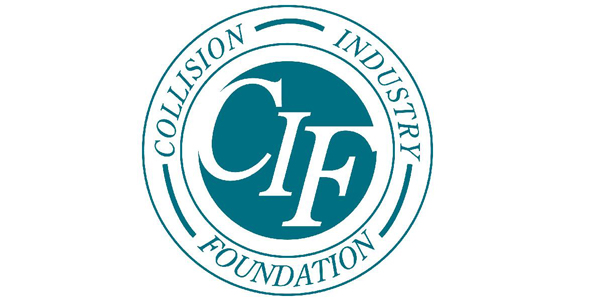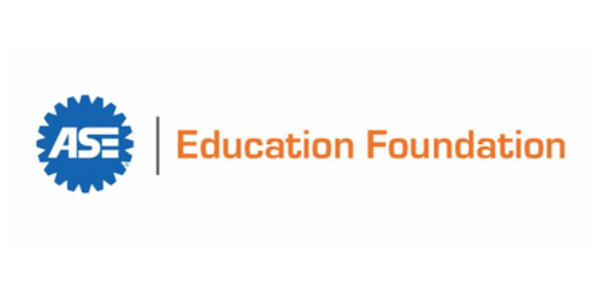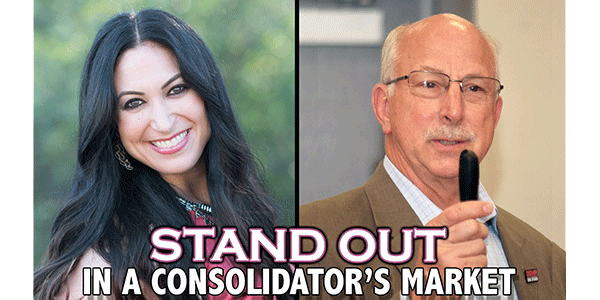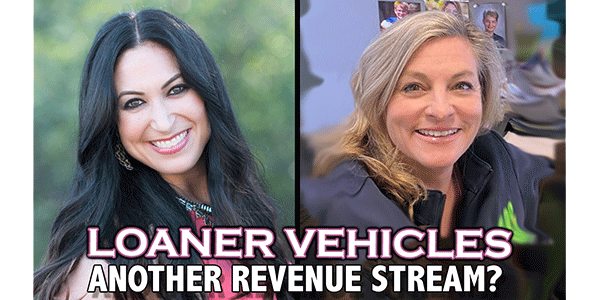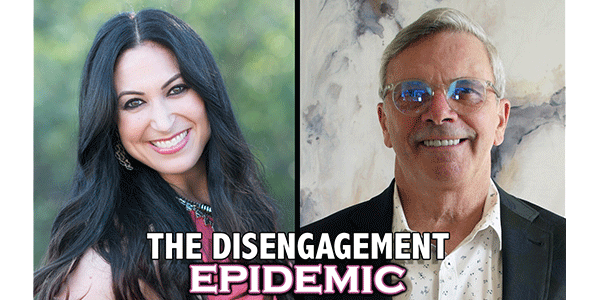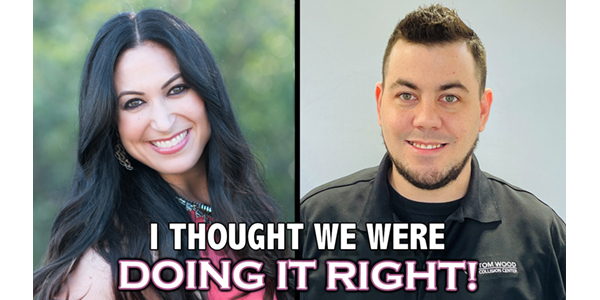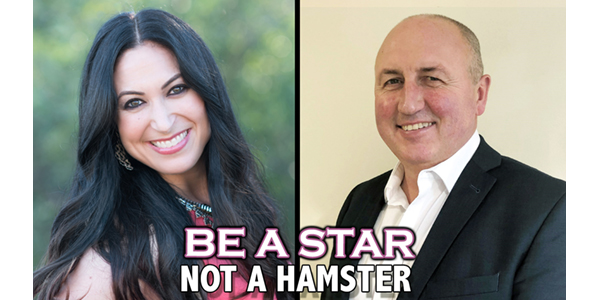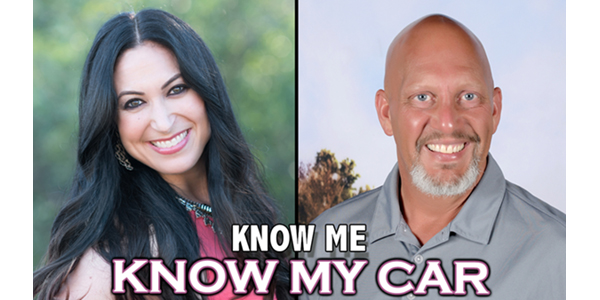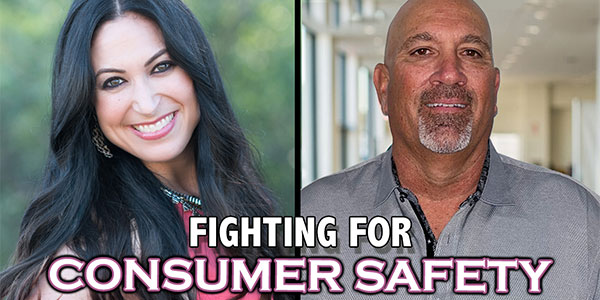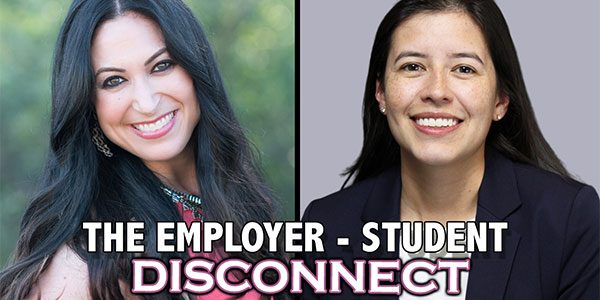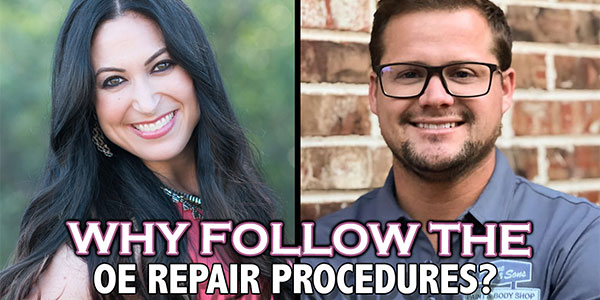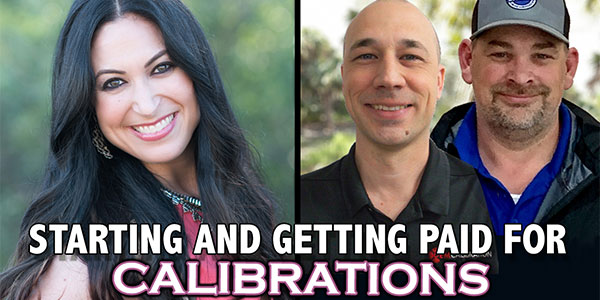The honeymoon was definitely over when Darryl "The Moose"
Johnson returned to a demolished home.
The Dallas Cowboys fullback, while vacationing with his bride,
was having a tree removed from his yard. Taking the tree out in
sections, a 195,000-pound crane picked up a hunk too large to
hold, swung to the center of the new house and toppled over, crushing
the home.
Not only was the house totaled, but so was the crane. Repairing
what was left of the house was Johnson’s unfortunate responsibility.
The crane, however, was Dewayne Maynard’s.
No matter how big, how odd the shape or how bizarre, there’s someone
out there to repair it when it meets with disaster. Some – like
Maynard, assistant shop manager for Dallas Peterbilt, Inc. in
Irving, Texas – fix cranes; others fix tractor-trailer rigs, school
and metro-transit buses, fire trucks, cement mixers, race-car
trailers and even communication satellites. They’re all in the
same game, it just so happens that their playing fields and equipment
– like 100-foot-long spraybooths – are a bit larger.
Collision Repair on a Grander Scale
After the crane rolled into – better yet, was towed into – Maynard’s
shop, he declared it totaled because it had sustained $250,000
worth of damage. How does one estimate damage on a crane? "Time
and experience," Maynard says. "I probably wouldn’t
do that well [estimating] a car because I don’t know that industry
very well."
Estimating and repairing cranes isn’t something Maynard does every
day, though. What he does do every day is repair tractor-trailer
rigs.
In Maynard’s opinion, the tractor-trailer repair business is just
on a grander scale than the automobile-repair industry. A difference
he notes between the industries is the pace: Truck repair has
to be done really fast.
"Every moment [trucks] sit is dollars and cents," he
says, explaining that truck drivers rarely rent a unit to replace
what they had. "Many times when one wrecks, a [driver] will
bail out of it. He’ll trade the vehicle – wreck repairs and all
– and just step into another vehicle so he can continue to make
a living."
Because Maynard’s father was in the truck-repair business, Maynard
grew up in the industry. During his 21 years of professional experience
repairing rigs, Maynard has, at times, hopped the fence over into
the car field (pardon the pun). He even recently became ASE certified
for automobiles.
"I try to stay abreast of the technology both in cars and
trucks," he says. "I think we’re just finding now that
the truck-repair industry is getting the technology that cars
have had for years, computers, for instance."
To Call It Easy Would Be Reaching
Is production and available space a challenge in your shop? Try
working around these big puppies! Maynard’s Texas truck-fixing
shop can have 19 trucks in the body shop and eight in the paint
shop simultaneously. It utilizes four 36-foot-long, 18-foot-tall
and 18-foot-wide spraybooths and may soon acquire two 45-foot-long
installed booths.
Maynard’s shop works on about 40 to 50 trucks per week (not all
complete paint jobs), and it takes about a week to prep each truck.
It’s one man per truck (two per complete refinish job), and his
seven painters do it all – from pulling off parts to putting the
vehicle back together. And what a workout! Up the ladder, down
the ladder, up the ladder, down the ladder.
To paint a trailer, Maynard explains, there’s a painter on each
side of it and a helper to position ladders, control hoses and
to make sure the painters have paint. On a 40-foot trailer, for
example, a painter has 10 positions in which to paint to complete
one side from top to bottom. Whew! "A couple of my guys have
done airplanes in the past," Maynard says, "and they
do those all with lifts. When you’re spraying 55 gallons of paint,
you have painters all over that [plane]."
But planes and cranes are just the beginning. Jim Nale – body
shop chief for the vehicle maintenance group of the metro-transit
division, department of transportation, in King County, Seattle
– oversees the repair and painting of 35-, 40- and 60-foot transit
coaches.
These Seattle technicians have it a bit easier, since their shop
uses an elevator-type method rather than an up-the-ladder, down-the-ladder
approach. Each of the shop’s three in-line rooms (two spraybooths
and one paint-prep area) has a drop table so coaches can be lowered
into the ground. Working off a three-post rotary lift, no scaffolding
is necessary. "It’s pretty conventional technology,"
says Nale. "It’s just that you don’t see [lifts] where they
drop into the ground."
Nale’s shop also puts to work two 80-foot spraybooths, which are
custom built to utilize space. This, of course, drives up the
cost, which equals purchasing approximately four or five car booths.
Since sanding and masking the coaches is a formidable effort,
Nale employs four people who do just that, with occasional assistance
from painters. Nale says the speed at which technicians paint
is really important to the appearance of the finished job. With
two painters painting a coach, they really have to move fast to
keep up with it.
"When you’re painting a car," he says, "you usually
have a little time between coats. When you’re painting something
this large, by the time you get through with your first coat,
the other end of the bus you started on is already ready for the
second coat."
What’s the worst that could happen when painting something mammoth?
The same as with cars – only bigger. Maynard and Nale agree: Foreign,
airborne contaminants are their worst enemies.
Holy Cow!
You could call them "tip-over tessies," but the story
you’re about to be told is really no laughing matter. It’s also
not a bunch of bull. It is, however, about a bunch of bulls.
Maynard remembers two trucks he repaired last year, both were
bull haulers, and both were laid over, "and there are a lot
of escapees when that happens!" he says. One accident shut
down the north side of Dallas on I-635, and the same thing happened
on I-30, the downtown tunnel area, six months later.
Maynard describes the scene: people in helicopters trying to round
up cattle, policemen with ropes on motorcycles dragging cows around.
You’ve probably heard of a bull in a china shop, but office workers
in a nearby building didn’t need any coffee to wake them up. One
bull, Maynard explains, jumped through a plate-glass window, ran
the full length of the building and crashed out another window.
Not only do fiascoes like this bring "big business"
– such as bull haulers – into Maynard’s shop, but they also bring
in business to typical body shops. Many auto accidents, you see,
occur from either drivers looking on and not paying attention
or from cars hitting cows. Boo-moo!
A Paint Supplier’s Fantasy
The average autobody shop can paint most cars with two quarts
of basecoat color and two to three quarts of clear, which adds
up to slightly more than a gallon of paint. When painting these
mammoth vehicles, however, one gallon is usually several gallons
not enough …
| To paint a: | It takes: | |
| Fire truck | 5 to 15 gallons | |
| School bus | 2 to 3 gallons | |
| Transit coach | 2 to 3 gallons | |
| Tractor-trailers | 3 1/2 to 4 gallons | |
| Cement mixer | 3 to 5 gallons | |
| Crane | 4 to 20 gallons |
Big Booths, Big Bucks
Automobile spraybooths are generally about 14 feet wide, 9 feet
high and 24 to 26 feet long costing anywhere between $10,000 and
$50,000 in most cases. But big vehicles require big booths, which,
not surprisingly, carry big price tags. A 45-foot-long spraybooth,
for example, costs about $100,000. Need a bigger booth than that?
How about a 50-foot-long, 16-foot-wide and 16-foot-high one? Get
out the checkbook and watch the bouncing begin: A booth that size
will cost anywhere from $120,000 to $250,000.

